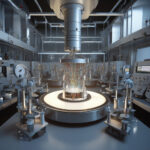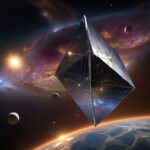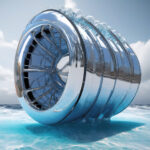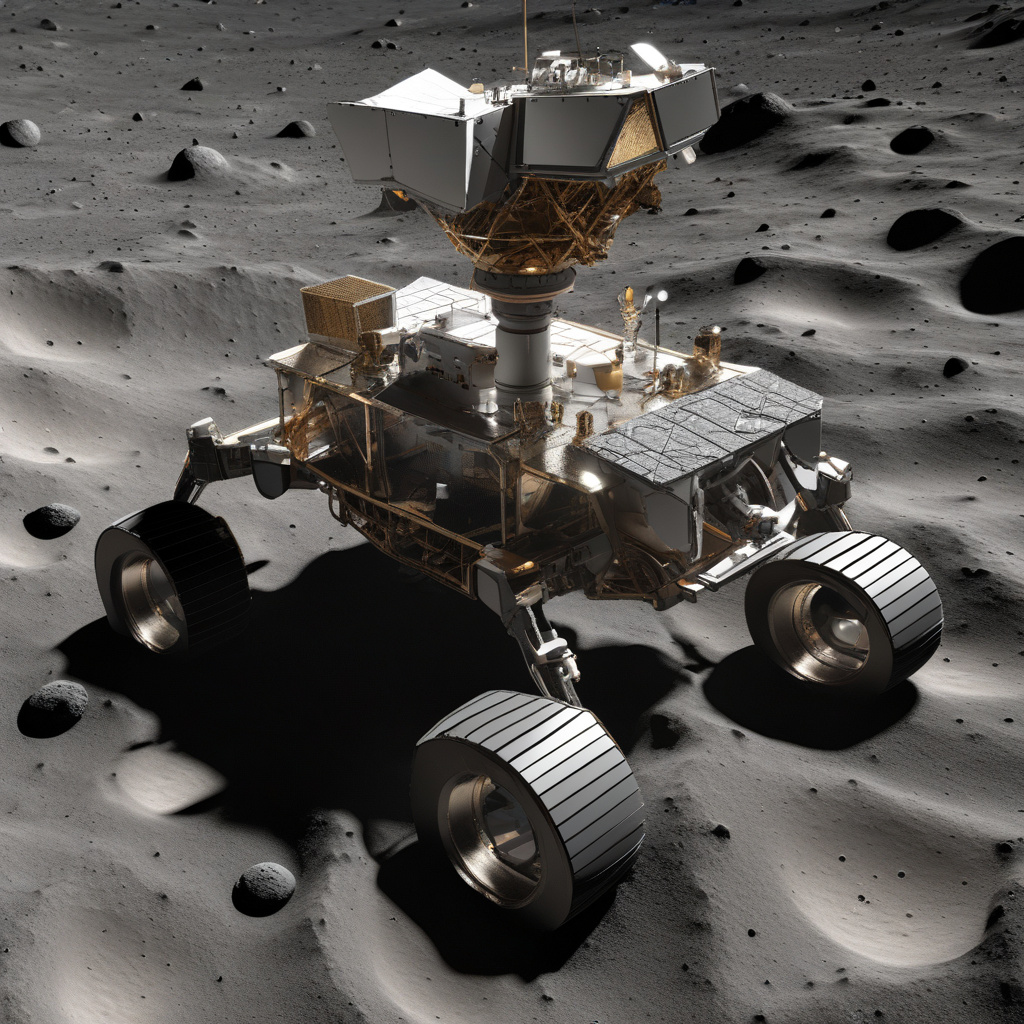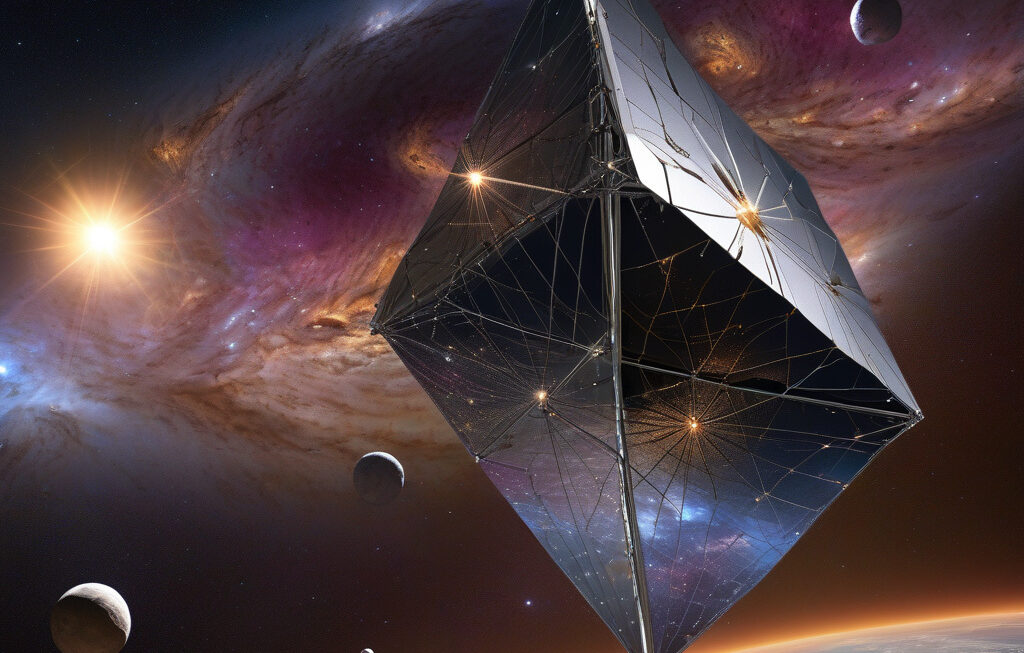NASA’s New Toys for Upcoming Artemis Mission to Map Moon’s Subsurface, Lunar Minerals
NASA has officially chosen three new scientific instruments to study the moon, specifically its south pole as part of the upcoming Artemis mission. These cutting-edge tools are set to revolutionize our understanding of the moon’s subsurface composition and the distribution of lunar minerals. Let’s take a closer look at these innovative instruments and how they will contribute to expanding our knowledge of Earth’s celestial neighbor.
The first instrument selected by NASA is the Lunar Trailblazer, a small satellite equipped with a high-tech payload designed to map the moon’s surface in unprecedented detail. By using a combination of cameras and spectrometers, the Lunar Trailblazer will be able to identify and characterize water deposits and other volatile compounds hidden beneath the lunar surface. This information is crucial for future manned missions to the moon, as it could provide vital resources for sustaining a human presence on our satellite.
The second instrument chosen for the Artemis mission is the Lunar Compact Infrared Imaging System (LCIRS), which will focus on mapping the temperature of the moon’s surface. By analyzing the heat signatures of different lunar regions, the LCIRS will help scientists understand the composition of the moon’s surface and identify potential areas rich in minerals. This data will be invaluable for determining the most suitable locations for future moon landings and resource extraction.
Last but not least, NASA has selected the Lunar Surface Electromagnetics Experiment (LuSEE) to investigate the electrical conductivity of the moon’s subsurface. By studying how electromagnetic waves propagate through the lunar soil, scientists hope to gain insights into the distribution of minerals and resources beneath the surface. This information is essential for planning future mining operations on the moon and could pave the way for sustainable resource utilization in space.
Together, these three instruments represent a significant leap forward in our exploration of the moon and our quest to unlock its hidden secrets. By mapping the moon’s subsurface and identifying valuable resources such as water and minerals, NASA is laying the groundwork for future manned missions to the lunar surface and beyond.
The Artemis mission, scheduled to return humans to the moon by 2024, is poised to be a game-changer in space exploration. With the help of these state-of-the-art scientific instruments, NASA is not only aiming to establish a sustainable human presence on the moon but also to pave the way for future missions to Mars and beyond. The data collected by the Lunar Trailblazer, LCIRS, and LuSEE will not only expand our scientific knowledge but also open up new opportunities for commercial space exploration and colonization.
As we eagerly await the launch of the Artemis mission and the deployment of these groundbreaking instruments, one thing is clear – the future of space exploration has never looked brighter. With NASA leading the way, humanity is on the brink of a new era of discovery and innovation in our exploration of the cosmos.
#NASA #ArtemisMission #MoonExploration #LunarMinerals #SpaceInnovation


